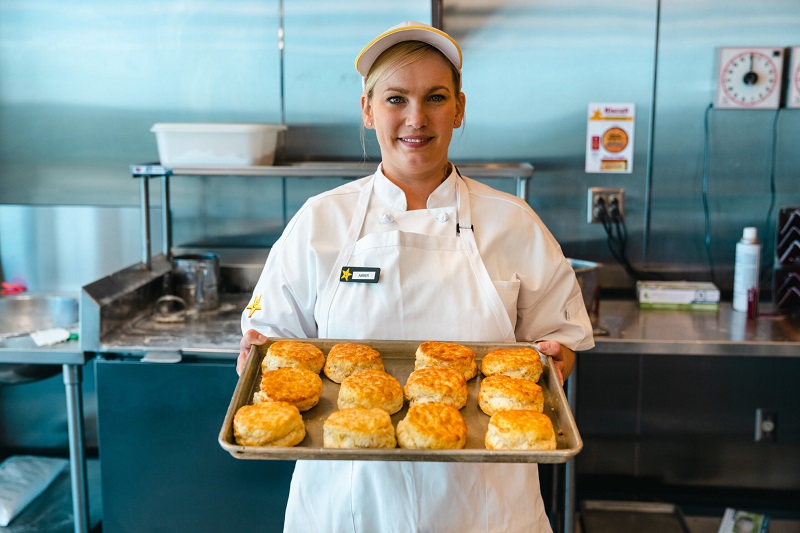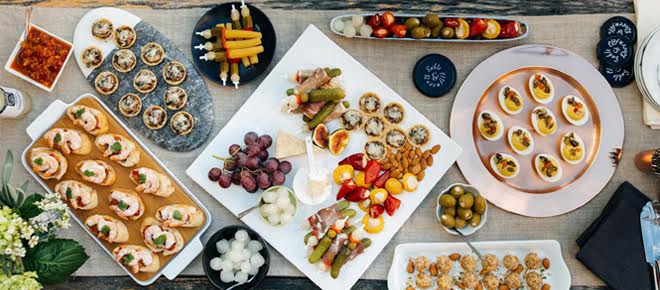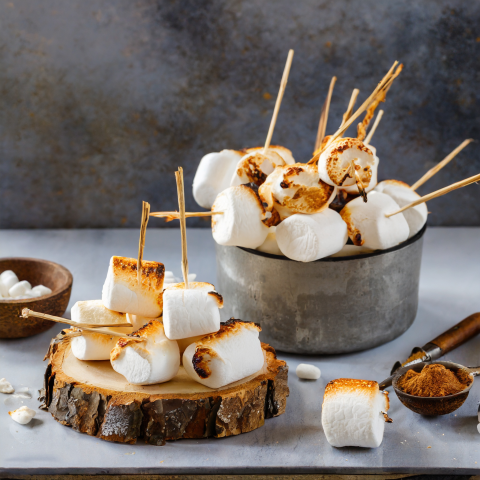If you were thinking of opening a restaurant or already own one, food storage and safety should be a priority. Every year, 48 million Americans fall victim to foodborne illness, and in the majority of cases, these are linked to restaurants.
Key Restaurant Food Storage Guidelines Featured in Food & Beverage Magazine
If you aren’t putting food safety at the top of your list, you can rest assured that an inspector will, and a violation could be disastrous for your business. Some businesses are never able to get back from food safety violations, and all it takes is following a few simple guidelines to not be slapped with one. Here are some important food storage guidelines you need to know.
Nothing can Be on the Ground
It doesn’t matter if it’s a box full of plastic cups or frozen fries, make it a habit to never leave anything on the floor. While it’s not a necessity for supplies, you have to make sure that all food items and ingredients are stored at least 6 inches off the floor. This can be done by using pallets. Make sure that you keep those pallets clean at all times. The reason why you want to keep foodstuffs elevated is to prevent infection from rodents and other vermin.
Keep Tabs on Freezer/Refrigerator Temperatures
Keeping things at the proper temperature is very important when it comes to food safety, and improperly heated or stored food is one of the main reasons for food spoiling.
One area where this will be especially important is your refrigerator and freezer. First of all, you should know at what temperature you should be keeping different items. There is also a certain order that you need to follow.
For instance, ready-to-eat items should be at the top of the fridge while unprepared meat, fish, and poultry should be at the bottom. The reason for this is that you don’t want liquids from raw food to drip down on cooked produce.
Then, you have to invest in tools that will allow you to monitor temperatures in your refrigerator and freezer to make sure that they are adequate at all times. In this case, we recommend you look at sensors such as the Temp Stick. It’s a remote temperature monitor that uses Wi-Fi to allow you to check the temperature of your fridges at all times from wherever you are. You can even get alerts if your fridge goes over a certain temperature.
Read Also: Everytable expands into New York with three grab & go storefront
Temperature for Hot Held Foods
If you’re going to be using hot plates or a strip warmer, you need to know at which temperature you should keep food in there and how long it can stay heated. Food needs to be kept at an internal temperature of 140 degrees Fahrenheit at the very least, for no longer than 8 hours. However, we would suggest that you cut this period if you want to keep foods tasting fresh. Try to reduce production instead.
If you want to make sure that you stay out of trouble with inspectors and ensure the safety of your clientele, follow these few tips. Make sure that you continue informing yourself on safety guidelines and follow them to the last letter.







